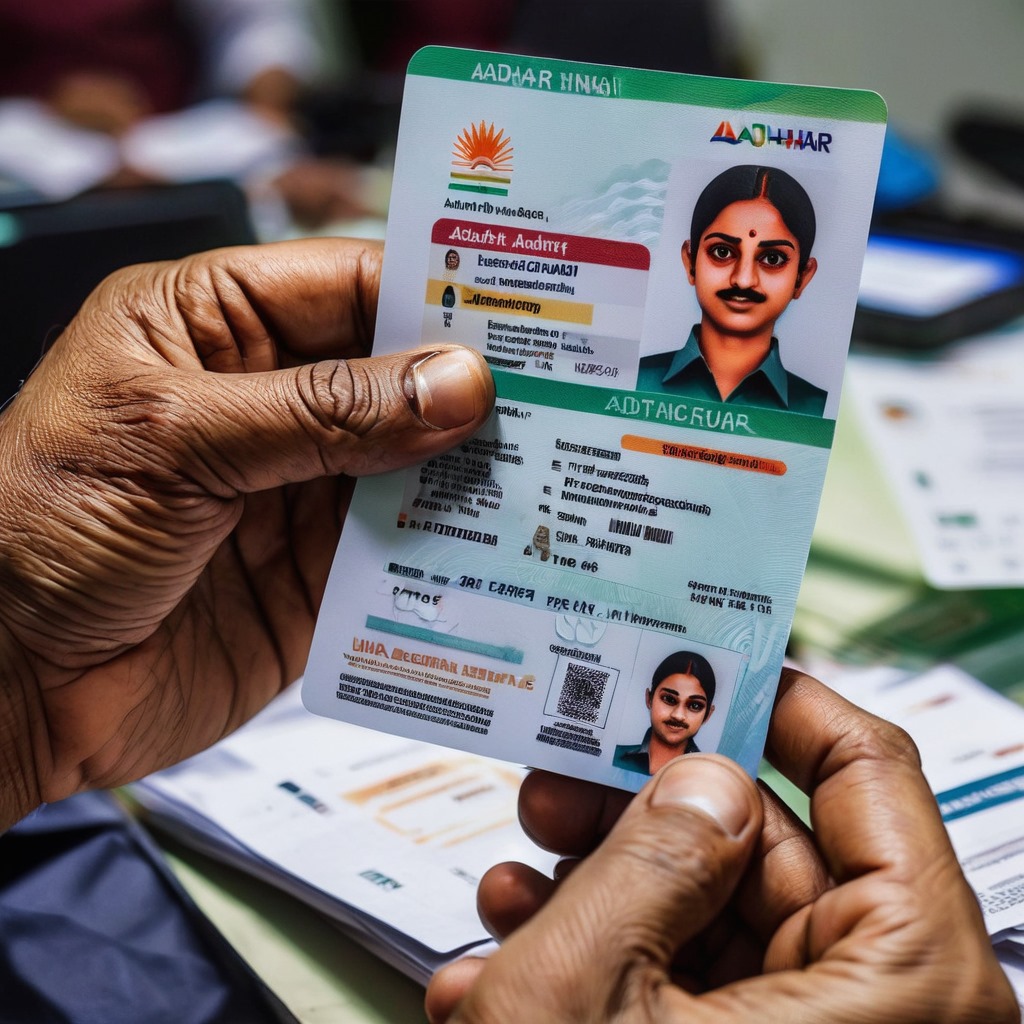It is now crucial to protect sensitive information in an era of digitalization and the widespread availability of personal data online. The security of biometric information is one of the most important components of digital identity protection especially when it comes to Aadhaar cards that are issued by the Unique Identification Authority of India (UIDAI). Since fingerprints and iris scans are among the vital biometric information on Aadhaar cards people must take proactive steps to protect the security and integrity of their biometric data. We will examine Aadhaar card security biometric data protection best practices and an in-depth examination of new technologies and regulations aimed at improving Aadhaar security in this extensive guide.
Recognizing the Importance of Aadhaar Biometric Protection.
An essential component of India’s digital identity framework is the Aadhaar card which gives people a distinct identification number connected to their biometric and demographic data. Biometric information such as fingerprint and iris scans provides a safe and dependable method of identification that makes it easy to gain access to a variety of public and private services. However, the delicate nature of biometric data emphasizes the necessity of strong security protocols to thwart identity theft illegal access and other types of abuse.
The best ways to safeguard biometric data from Aadhaar.
Physical Security Measures: Handle your Aadhaar card with the same care as you would important documents like drivers licenses and passports. To reduce the chance of loss or theft keep it in a safe place and don’t carry it around too much.
Online Safety Tip: Use caution when disclosing Aadhaar information and decline to answer requests for personal information that aren’t asked for. To lessen the chance of fraud and phishing schemes confirm the legitimacy of websites and apps before supplying sensitive information.
Enable Biometric Locking: To prevent unauthorized access enable biometric locking by utilizing the UIDAIs Biometric Lock/Unlock feature which enables people to lock their biometric data. Your Aadhaar information is more secure and less likely to be misused if you enable biometric locking.
Use Virtual ID (VID): For authentication whenever feasible create and use a Virtual ID (VID) rather than disclosing your Aadhar number. Adding an extra degree of security and privacy VID gives you a 16-digit number that is temporary and reversible that is connected to your Aadhaar.
Maintain Accurate and Up-to-date Biometric Data: Make sure all of your biometric data including your Aadhaar details are correct. To preserve the integrity of your Aadhaar card promptly report any changes or inconsistencies to the UIDAI via the appropriate channels.
Secure Services Associated with Aadhaar: Keep an eye out for any unauthorized activity or questionable transactions on any accounts including bank accounts and mobile numbers that are associated with your Aadhaar. To improve the security of Aadhaar-linked services enable extra security features like two-factor authentication.
Remain Educated and Informed: Stay up to date on new security risks and recommended procedures pertaining to the safety of Aadhaar cards. Become knowledgeable about any changes to UIDAI policies and guidelines as well as possible risks and weaknesses related to Aadhaar authentication.
Report Security Incidents: Report to the UIDAI right away for an investigation and appropriate action in the event of security breaches unauthorized access or suspicious activity involving your biometric data or Aadhaar card.

Adopting New Technologies to Strengthen Aadhaar Security.
Further technological developments have the potential to improve the security and integrity of Aadhaar biometric data in addition to putting best practices for Aadhaar card security into practice. Among the cutting-edge technologies being investigated to improve the security of Aadhaar authentication procedures are biometric encryption blockchain technology and secure multi-party computation. By reducing the possibility of data breaches and unauthorized access and guaranteeing privacy and confidentiality these technologies provide enhanced encryption and decentralization features.
Moreover, programs like the Aadhaar Security Research Centre (ASRC) and joint ventures between governmental organizations business partners and academic institutions are essential for stimulating creativity and propelling improvements in Aadhaar security. These efforts support the creation of strong security frameworks and protocols suited to the particular difficulties presented by Aadhaar authentication by utilizing the knowledge of cybersecurity experts data scientists and technologists.
Conclusion: Preserving Aadhaar Security in a Changing Environment. ‘
It is our responsibility as guardians of our digital identities to give the security and integrity of our Aadhaar biometric data first priority. Through the application of recommended procedures for Aadhaar card security keeping abreast of new dangers and embracing cutting-edge technologies, we can lessen the chances of identity theft illegal access and other types of abuse.
Moreover, advancing Aadhaar security and guaranteeing the resilience of India’s digital identity infrastructure depends on sustained cooperation between government organizations business partners and the scientific community. Let us collaborate to ensure that Aadhaar continues to be a reliable and secure method of authentication in the future enabling people to fully engage in the digital economy and obtain necessary services while preserving their privacy and security.



